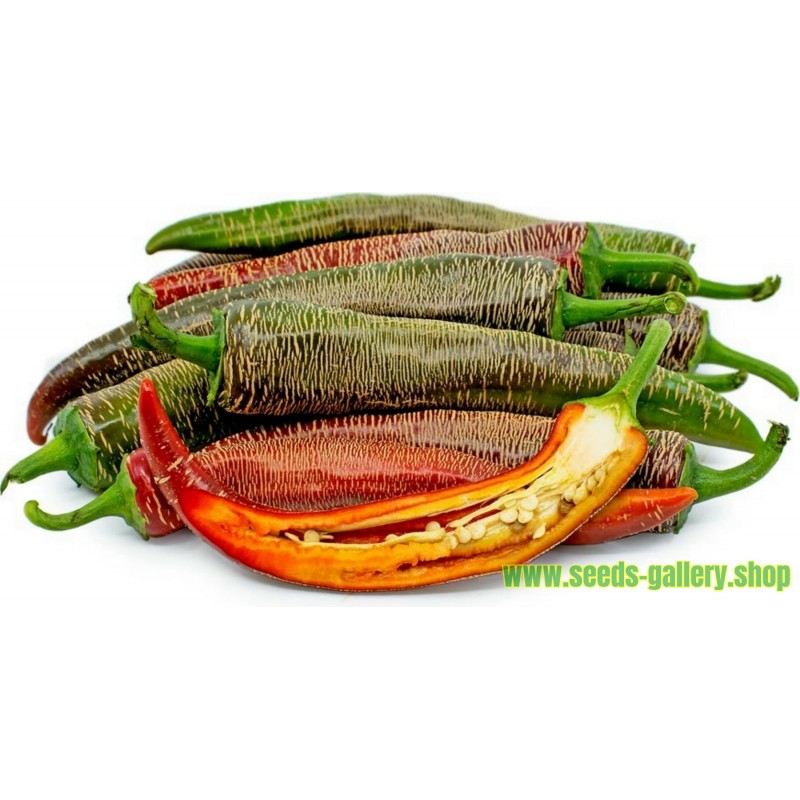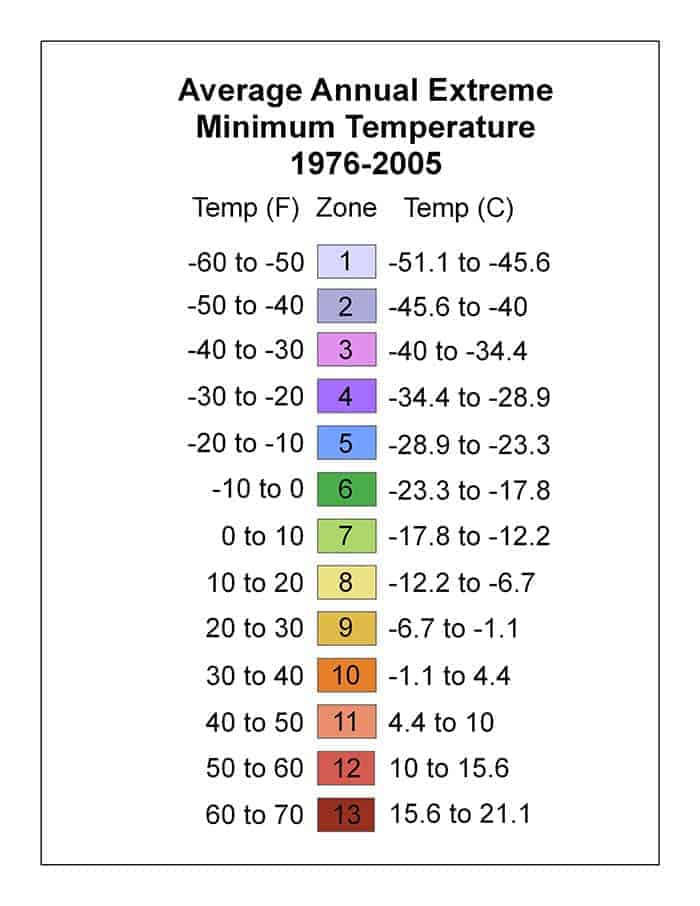
Giant plant (with giant fruits)

Variety from Serbia












Vezanka, Vezena peppers are medium to large in size and are long, slender, and taper to a point at the non-stem end, averaging one centimeter in diameter near the stem
Data sheet

 Reviews (0)
Reviews (0)